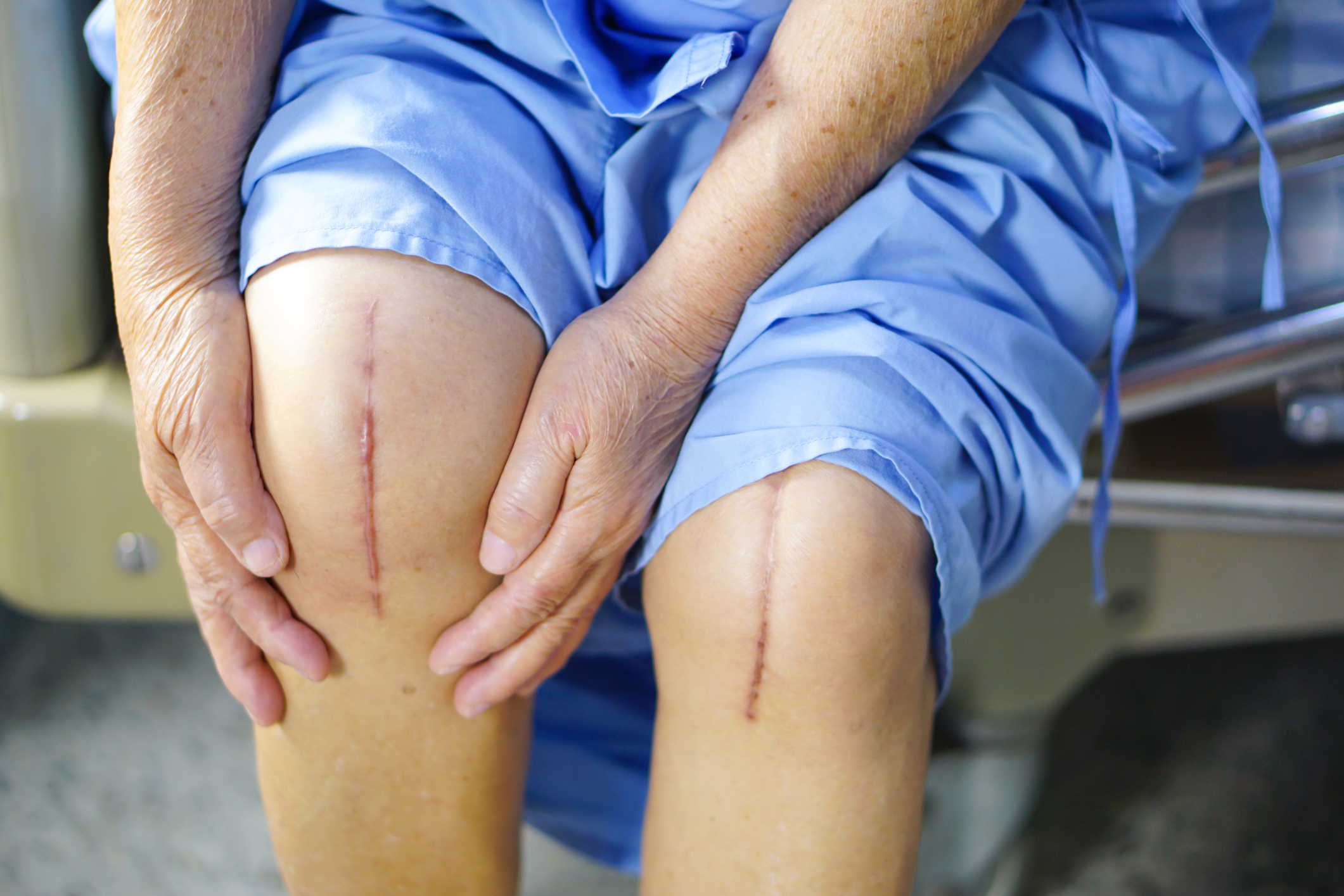Know how knee replacement affects environment


According to researchers at the University of Pittsburgh, a total knee replacement can significantly improve a patient’s quality of life; however, the procedure itself generates nearly 30 pounds of waste, roughly half of which is biohazardous and requires energy-intensive treatment for safe disposal.
Cataract surgery can provide the gift of clear vision, but only after emitting the equivalent of 181.8 kg of CO2, nearly the same as driving 315 miles. Though healthcare is one of the greatest industries in the United States, its environmental consequences are often overlooked: It accounts for 10% of the nation’s greenhouse gas emissions, while operating rooms account for 20% to 33% of overall hospital waste.
Researchers are just now beginning to measure and comprehend the sector’s environmental implications.
Among such researchers is a team from the University of Pittsburgh, whose study measures the environmental impact of healthcare, focusing on a particularly waste-heavy and energy-intensive specialty: orthopaedic surgery. The researchers from Pitt’s School of Medicine and the Swanson School of Engineering analysed current literature and discovered that, while data is still few, efforts to lower the carbon footprint of orthopaedic surgery might have a significant impact.
“Surgical suites have a high environmental impact, in part because so many of the items they rely on are single-use, disposable products, such as gowns, gloves, surgical instruments, and packaging,” coauthor Melissa Bilec, co-director of the Mascaro Center for Sustainable Innovation and the William Kepler Whiteford Professor of Civil and Environmental Engineering, explained. “We’re only now beginning to understand the field’s effects, but we know they exist. We also know that additional research is required to truly determine the best approaches for reducing environmental consequences, addressing climate change, and moving toward a circular economy.”
A circular economy prioritises recycling products and materials to maintain them in circulation rather than dumping them at the end of their lives.
Bilec is the project director of an NSF-funded initiative that brings together a five-university, cross-disciplinary team to use convergence research to address the difficult problem of global trash and create a circular economy.
Sports Medicine at UPMC Orthopedic Surgery Fellows and coauthors Ian Engler and Andrew Curley were encouraged to participate in this study after learning about the role their specialisation plays in climate change – and how little the literature addresses it.
“While thousands of studies in the field of orthopaedic surgery are produced each year, relatively few address sustainability,” stated Engler. “Given the magnitude of climate change’s impact, we feel that every field must examine their part in becoming more sustainable.”
“We prepared this review paper to involve the orthopaedic field in identifying and mitigating our impact on the world,” Curley added.
Researchers assessed studies that evaluated the impact of surgical operations by doing a basic waste audit, in which all trash is collected, sorted, and weighed, or a more complicated life cycle assessment (LCA), in which the entire environmental impact of the resources utilised is quantified.
Using lower-emitting anaesthetic and manufacturing procedures, rebuilding bespoke packs, reducing single-use devices and materials, decreasing equipment in trays, appropriately sorting trash and recycling are some contemporary approaches in orthopaedic surgery.
These modifications can have a substantial impact. The authors, for example, highlight that wide-awake hand surgery has lately gained popularity as an alternative to sedative anaesthesia.
According to one research, moving to this strategy, together with lowering the amount of surgical supplies required for minor surgeries, resulted in a waste reduction of 2.8 tonnes and a save of almost $13,000 in supplies.
Dr. Freddie Fu, the paper’s posthumous co-author, was important in getting this study started. Dr. Fu gathered the team in his favourite UPMC Sports Complex before his death to express his enthusiasm for studying the environmental consequences.
“One of the final things Dr. Fu said to me was, ‘I thought I understood everything about ACL surgery; now this team is going to teach me something new,'” Bilec recalled.
“Dr. Fu was instantly supportive of our passion for sustainability,” Engler and Curley said of Dr. Fu’s excitement for this project. He was eager to assist in any way he could. For someone recognised for his unbounded enthusiasm, it defined him even in his dying days.”
Recent Posts
Mounjaro Launched in India: Price & Impact on Diabetes and Obesity
Eli Lilly, a leading American pharmaceutical company, has launched its groundbreaking diabetes and obesity medication,…
Shocking Rabies Case in Greater Noida Challenges Common Misconceptions
A recent case of rabies transmission in Greater Noida has sent shockwaves through the community,…
Punjab Government to Ban Energy Drinks in Schools and Colleges for Student Health
The Punjab government is set to ban high-caffeine energy drinks in schools, citing severe health…
Experts Warn of Global Threat from Chronic Wasting Disease
Chronic Wasting Disease (CWD) is a highly contagious and fatal neurological disorder that affects deer,…
CDC Reschedules Vaccine Advisory Meeting to April 15-16
The Centers for Disease Control and Prevention (CDC) has announced a rescheduling of its vaccine…
India’s Specialty Chemicals Rebound, Pharma Exports Surge
India’s specialty chemicals industry and pharmaceutical exports continue to showcase resilience amid global uncertainties. As…


